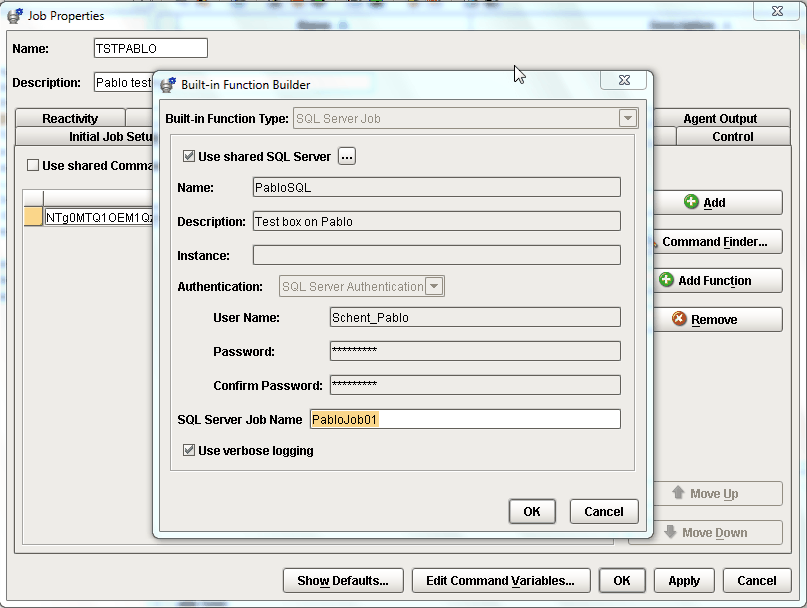Robot/SCHEDULE Enterprise runs your SSIS packages automatically.
More than 90 percent of the servers running next to IBM i servers are running Windows. And more than 50 percent of these Windows servers run MS SQL Server to perform some form of reporting against data that was stored on the IBM i system. This reporting process uses SQL Server Integration Services (SSIS) packages to bundle data and generate business reports.
The problem is that the process of getting the data to the Windows server from the IBM i server isn't synchronized with the process of launching the reporting process. In other words, it's not automated. Often, the result is events aren't monitored, run late, or don't run at all, which translates to unhappy customers waiting for their report data.
Automate
Robot/SCHEDULE Enterprise lets you monitor and automate this process without creating scripts. You just reference an SSIS package—all you need to know is its name—and you can continue to use your current SQL Server definitions.
Robot/SCHEDULE Enterprise checks return codes to either make sure the process finished successfully or verify that it failed. (If it failed, you can decide whether to rerun it.) Figure 1 shows an example of setting up a definition in Robot/SCHEDULE to run an SSIS package. That way, you can use the command for running tasks on a Windows server to run the process from the IBM i server.
Figure 1: Set up a SQL Server relationship in Robot/SCHEDULE. (Click images to enlarge.)
You could send data to a SQL Server from the IBM i server to create reports and then incorporate the process into a single reactive job stream. For instance, run a job on the IBM i server to build the data, send the data to a Windows server with the SQL Server database, and then launch the process to run the SSIS package and create the reports.
Monitor Return Codes
Robot/SCHEDULE Enterprise works in the background by monitoring return codes for success or failure (Figure 2). This reactive processing eliminates the timed processes you may have been using and lets you build a reliable, automated process. (You can use Robot/SCHEDULE group jobs and reactive jobs to help build this process.)
Figure 2: Specify return code testing in Robot/SCHEDULE Enterprise.
Want to eliminate the headache of babysitting timed or manual processes across platforms? Give Robot/SCHEDULE Enterprise a free 30-day trial and see how to improve your customer service to your team. Also check out Help/Systems' other offerings in the MC Showcase Buyer's Guide.














 Business users want new applications now. Market and regulatory pressures require faster application updates and delivery into production. Your IBM i developers may be approaching retirement, and you see no sure way to fill their positions with experienced developers. In addition, you may be caught between maintaining your existing applications and the uncertainty of moving to something new.
Business users want new applications now. Market and regulatory pressures require faster application updates and delivery into production. Your IBM i developers may be approaching retirement, and you see no sure way to fill their positions with experienced developers. In addition, you may be caught between maintaining your existing applications and the uncertainty of moving to something new. IT managers hoping to find new IBM i talent are discovering that the pool of experienced RPG programmers and operators or administrators with intimate knowledge of the operating system and the applications that run on it is small. This begs the question: How will you manage the platform that supports such a big part of your business? This guide offers strategies and software suggestions to help you plan IT staffing and resources and smooth the transition after your AS/400 talent retires. Read on to learn:
IT managers hoping to find new IBM i talent are discovering that the pool of experienced RPG programmers and operators or administrators with intimate knowledge of the operating system and the applications that run on it is small. This begs the question: How will you manage the platform that supports such a big part of your business? This guide offers strategies and software suggestions to help you plan IT staffing and resources and smooth the transition after your AS/400 talent retires. Read on to learn:
LATEST COMMENTS
MC Press Online